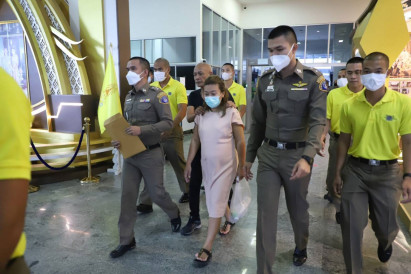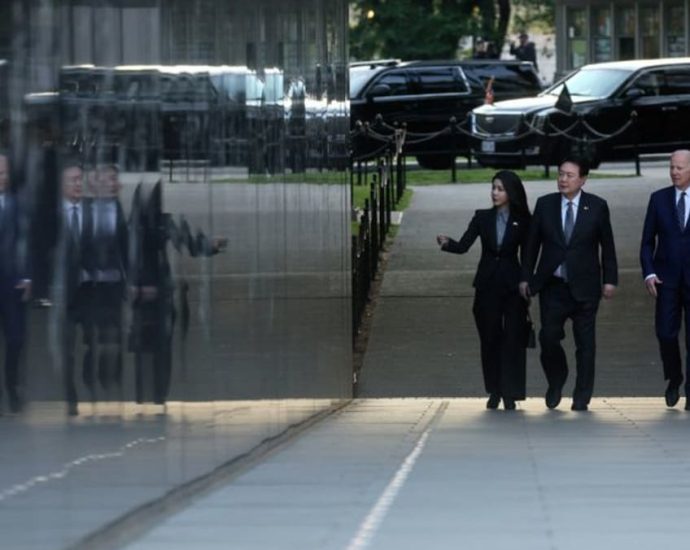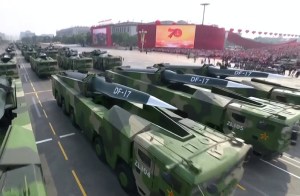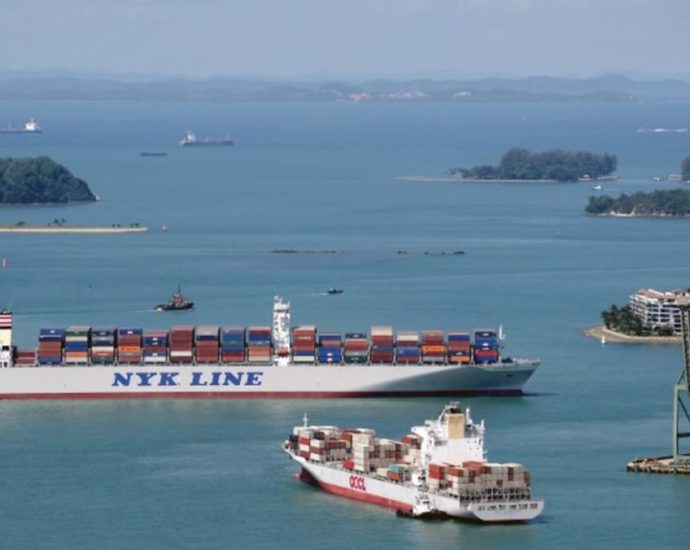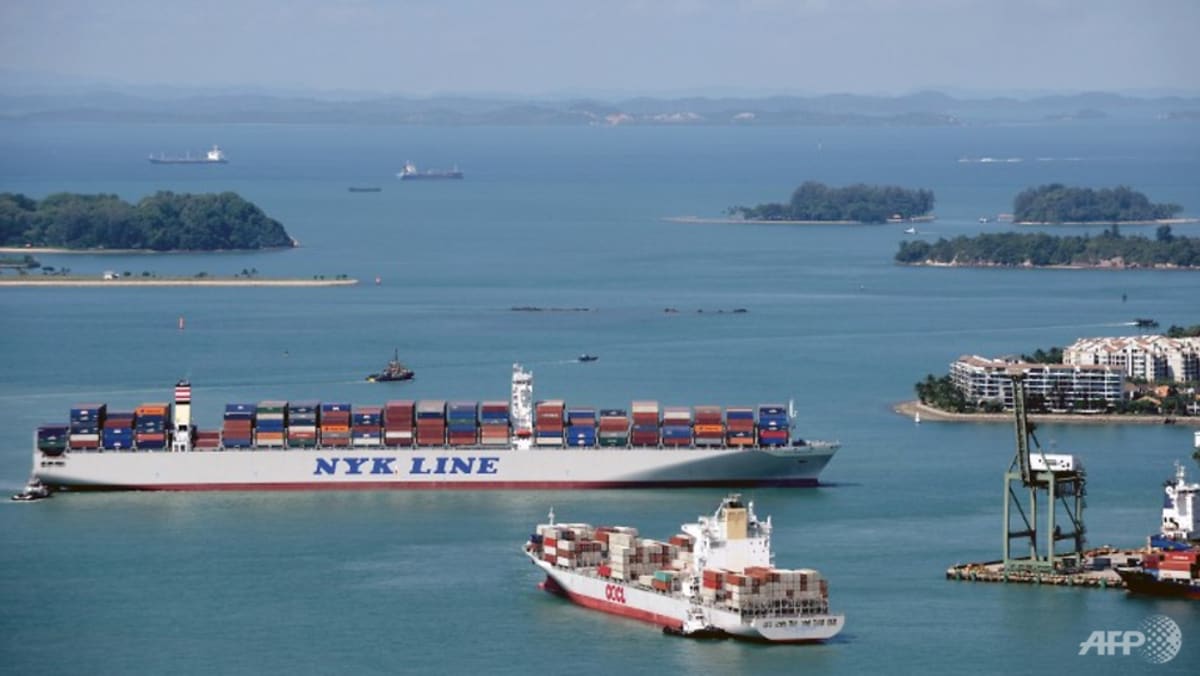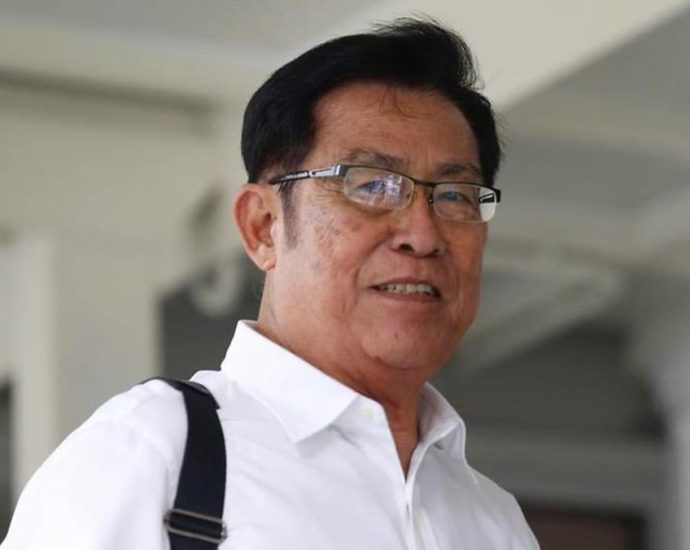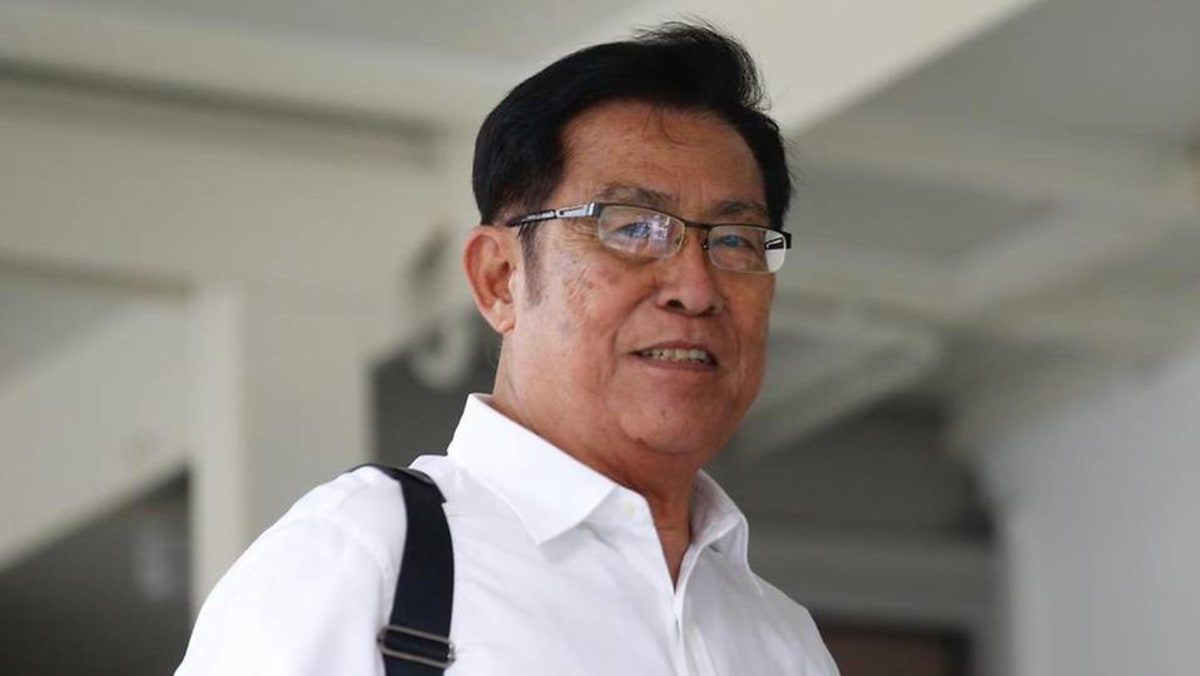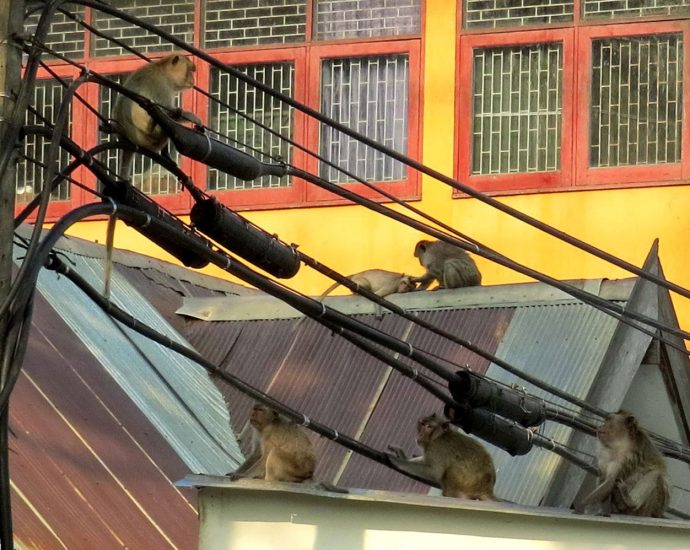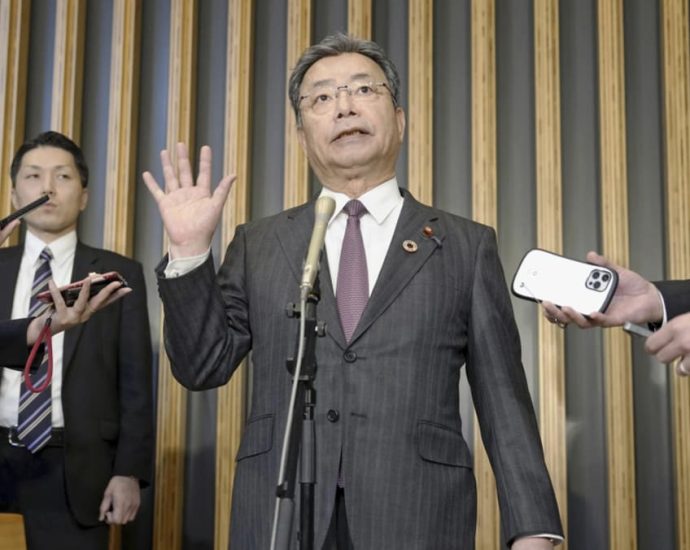Suspect in alleged serial murders denied bail
Court approves detention as police say as many as 12 poisoning deaths may be linked

The Criminal Court on Wednesday approved a request by police investigators to further detain Sararat Rangsiwuthaporn, who is accused of killing a woman by putting cyanide in her food.
The former wife of a senior police officer, she is also suspected of involvement in the deaths of a dozen other people she had been in contact with and who died in similar circumstances.
Deputy national police chief Pol Gen Surachate Hakparn said on Wednesday that two more dead victims has been linked to Sararat “Am”, bringing the deaths to 12.
There was one survivor, who was giving information to police about her conduct. The woman was also poisoned and her heart stopped beating. A doctor managed to restore her heartbeat in time. Police were questioning her, said Pol Gen Surachate.
Ms Sararat was taken into custody on Tuesday at the government office complex on Chaeng Watthana Road in Bangkok by Crime Suppression Division (CSD) police with an arrest warrant. She had a bottle of cyanide in her possession, police said.
Her arrest followed a complaint filed with the CSD by the mother and elder sister of the late Siriporn “Koy” Khanwong, 32, from Kanchanaburi. Siriporn collapsed and died on the bank of the Mae Klong river in Ban Pong district of Ratchaburi, where she had gone with friends to release fish for merit-making on April 14. Cyanide was found in her body.
Investigators came to the belief Ms Sararat might be the person who had mixed cyanide in Siriporn’s food, causing her death. She allegedly also stole the victim’s valuables. This led to her arrest.
Ms Sararat was taken to CSD headquarters for questioning on Tuesday night.
On Wednesday morning, investigators took her to the Criminal Court and were given permission to detain her for a further 12 days, from April 26 to May 7, while statements were taken from 10 more witnesses. They are also awaiting the results of an autopsy and a further examination of criminal case records.
Police opposed bail and she was remanded in custody.
Pol Col Anek Taosupap, a deputy CSD commander, said that throughout questioning Ms Sararat refused to give information. She also refused to allow a blood sample to be taken for evidential DNA testing.
Ms Sararat is reportedly the former wife of a police deputy superintendent. They separated in 2022 but still occasionally meet because they have two children.

